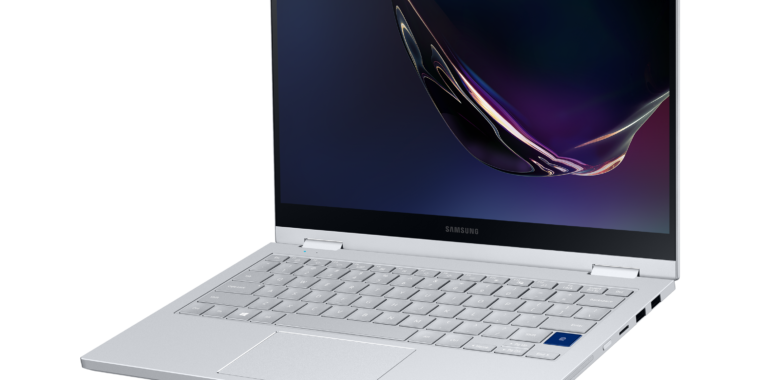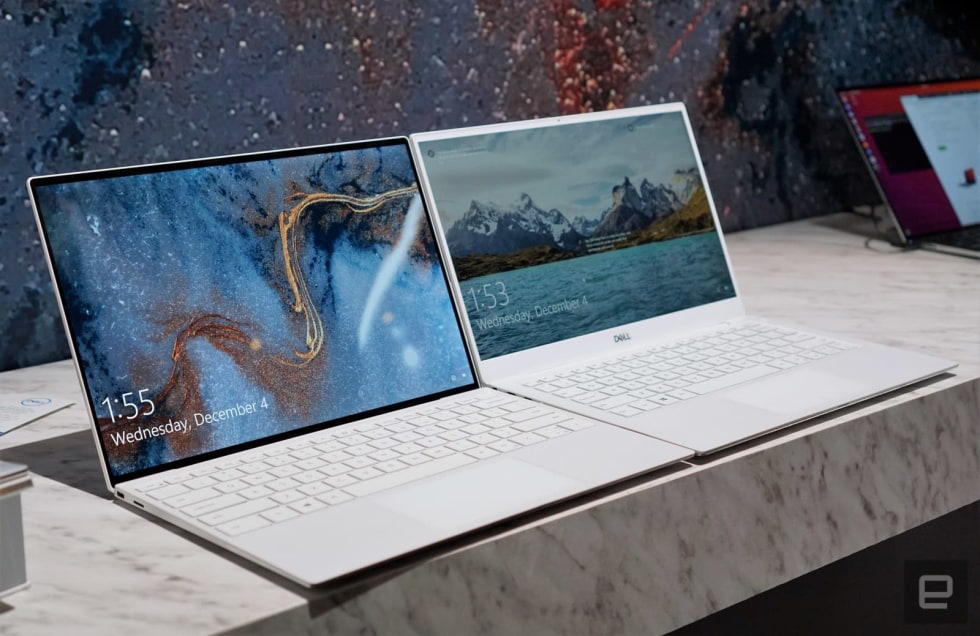
We already knew that we'd see the OnePlus Concept One smartphone at CES 2020, and we now know what its party piece will be - hidden rear cameras.
The Chinese phone manufacturer took to Twitter ahead of its big reveal in Las Vegas on January 7, to post a teaser video of the new technology in action.
According to Wired, the OnePlus Concept One uses electrochromic glass. This is an electronically tintable glass, which can hide the rear camera lenses behind the flush glass rear of the handset, revealing the trio of sensors only when they're in use.
We’re bringing the #OnePlusConceptOne to #CES2020, but you don’t have to wait: you can get a sneak peek at it right here, along with its groundbreaking “invisible camera” and color-shifting glass technology. pic.twitter.com/elsV9DKctnJanuary 3, 2020
OnePlus has partnered once again with British high-performance car manufacturer McLaren (with whom it's previously released a couple of special edition handsets) to use the same glass as found in some of the latter's vehicles.
A smartphone first
While the cameras will disappear from view, you may still be able to see a faint outline as the glass transitions from transparent to translucent, rather than fully opaque.
This is the first time we've seen this technology feature on a smartphone, with handsets previously hiding cameras via pop-up mechanisms or sliders, as seen on the OnePlus 7 Pro, Oppo Find X and Xiaomi Mi Mix 3.
It's not clear whether the OnePlus Concept One will feature any other new features, but we will be checking out the handset during CES to bring you everything you need to know.
- Check out all of TechRadar's CES 2020 coverage. We're live in Las Vegas to bring you all the breaking tech news and launches, plus hands-on reviews of everything from 8K TVs and foldable displays to new phones, laptops and smart home gadgets.
https://news.google.com/__i/rss/rd/articles/CBMiWGh0dHBzOi8vd3d3LnRlY2hyYWRhci5jb20vbmV3cy9vbmVwbHVzLWNvbmNlcHQtb25lLXNtYXJ0cGhvbmUtaGFzLWludmlzaWJsZS1yZWFyLWNhbWVyYXPSAVxodHRwczovL3d3dy50ZWNocmFkYXIuY29tL2FtcC9uZXdzL29uZXBsdXMtY29uY2VwdC1vbmUtc21hcnRwaG9uZS1oYXMtaW52aXNpYmxlLXJlYXItY2FtZXJhcw?oc=5
2020-01-03 10:54:00Z
52780537192496
:no_upscale()/cdn.vox-cdn.com/uploads/chorus_asset/file/19570792/____2.jpg)














